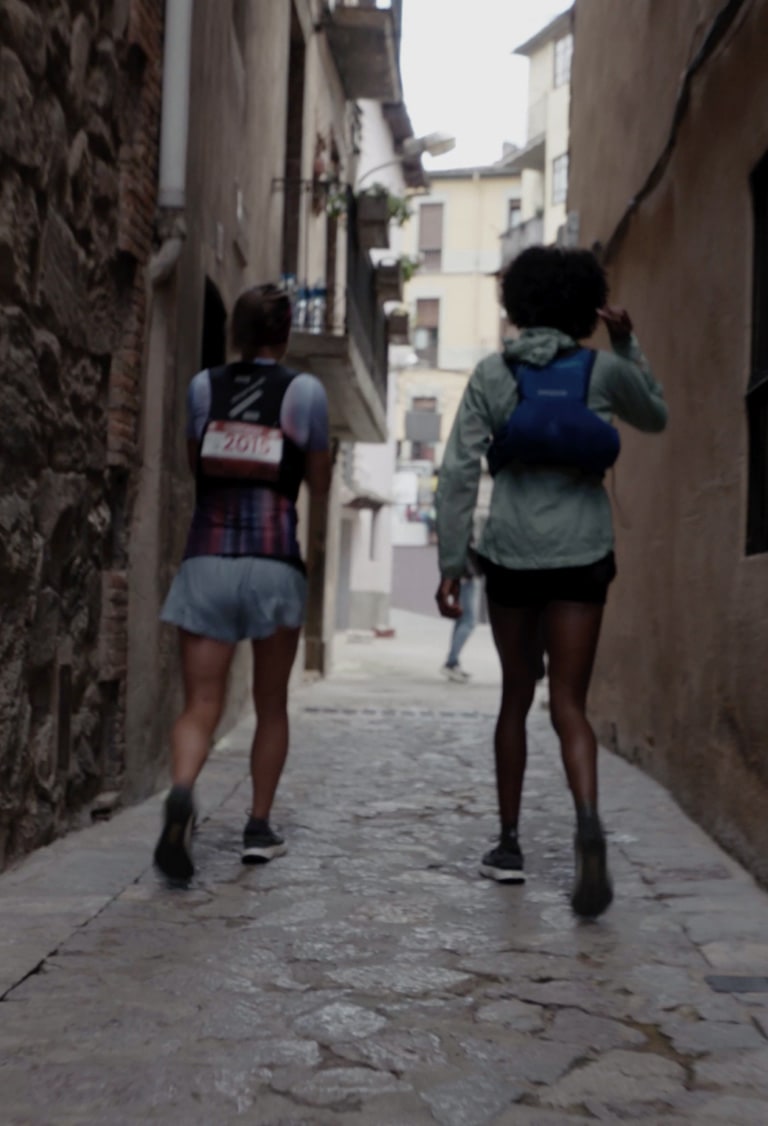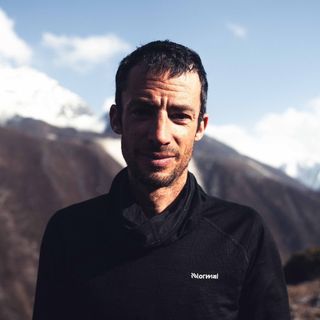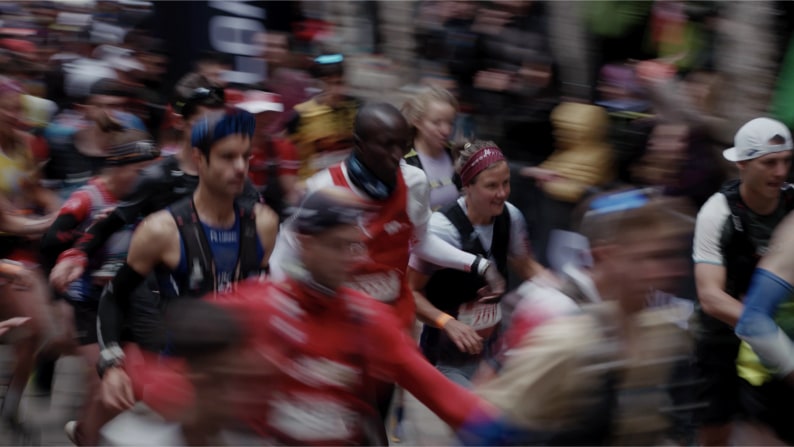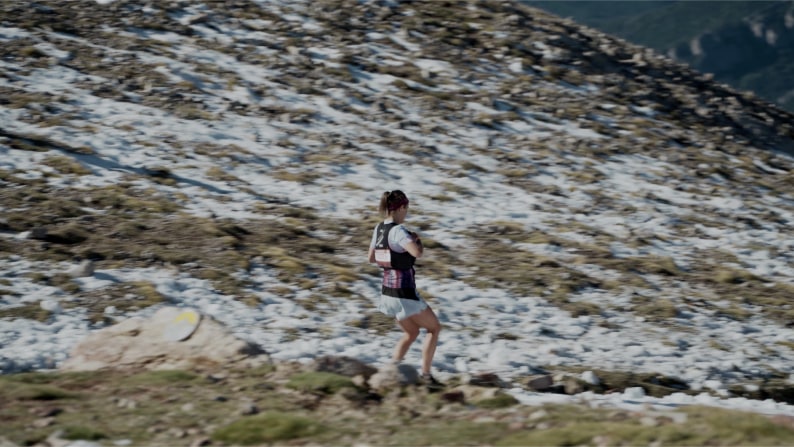
Ultra Pirineu

Supported by Kilian Jornet
Ultimate Guide to the Ultra Pirineu Race
The Ultra Pirineu is an international running competition in Bagà, Spain, which takes place between September and October every year. Commonly known as the queen race, The Ultra Pirineu is a 100km distance race with a 6.600m of positive elevation. Here is more about the race.
About the Race
The race allows the runners to cross through some of the most iconic and beautiful high mountain sections of the Parc Natural del Cadí Moixeró. This is among the reasons why it is the most demanding and global race attracting hundreds of participants from more than 50 countries.
Since its inception in 2009, the race has been happening yearly (except in 2020 when the world was struck by Covid-19 that barred public gatherings). It brings together hundreds of people from different countries to conquer Ultra Pirineu's terrain.
Modalities
The race has four modalities. It all depends on the distance that a runner can cover. However, to be eligible, you must register using the right channels and fulfill the requirements as stipulated. Here are the four race modalities that start between late September and early October.
NIT Pirineu
The 5km race with an elevation of 860m+ starts from La Molina.
Ultra Pirineu
The race is 100km with an elevation of 6600m + and starts from Bagà. The race has 11 aid stations and a cap of 1000 participants.
Marató Pirineu
The 42km race has an elevation of 2800m+ and starts from Baga. It has four aid stations and the organizers limit the number of participants to 1,000 runners.
Mitja Pirineu
The race starts from Bagà and consists of 21km with an elevation of 1450m+. The race has three aid stations and it is capped at 600 participants.

Route & Stages
The Ultra Pirineu race has become the world's biggest and toughest mountain running competition. It's a test of runners' mettle, character, and spirit of camaraderie. The race will allow you to enjoy views from the slopes and high points of Spain's most beautiful mountains.
With four different races, the stages depend on the particular race. For example, the Ultra Pirineu 100km race stages will be further from the 21km or the 42km race stages. While eleven aid stations are available, participants must carry some water as the aids can be a little stretched from one to another. In addition, participants must communicate in good time, so the organizers know their dietary requirements and allergies beforehand. Here is a quick overview of the stages participants can expect for the 100km race.
- Bagà to Rebost: It has an elevation of 1081m per track and a cumulative gain of the same as the beginning.
- Rebost to Niu: The stage has an elevation of 943m and a cumulative gain of 2024m.
- Niu to Serrat: The elevation is 487m, and this brings the cumulative gain to 2511m.
- Serrat to Cortals: Participants get an elevation of 321m and a cumulative gain of 2832m.
- Cortals to Aguiló: The elevation stands at 1009m, with the cumulation at 3841m.
- Aguiló to Gósol: It has an elevation of 565m and cumulates to 4406m.
- Gósol to Estasen: It has an elevation of 580m cumulating to 4986m.
- Estasen to Gresolet: It elevates to 68m and brings the cumulative gain to 5054m.
- Gresolet to Vents: There is an additional elevation of 513 and a cumulative gain of 5567m.
- Vents to St. Jordi: The elevation is 672m, bringing the total elevation to 6239m.
- St. Jordi to Bagà: This is the last stage that elevates to 351m per track and brings the cumulative elevation to 6590m.
Winners
Since its inception, the race has had many winners in both the men's and women's categories. Some have been consistent names that have won the title more than once. Here are a few you will find in Ultra Pirineu's winners' lists:
- Jessed Hernandez (2009 and 2018 Men's)
- Corinne Favre (2009 Women's)
- Nerea Martinez (2010 Women's)
- Kilian Jornet (2012, 2015, and 2021 Men's)
- Luis Alberto Hernando (2013 and 2014 Men’s)
- Emelie Forsberg (2015 Women’s)
- Gemma Arenas Alcazar (2016 Women's)
- Maite Miora (2017 Women's)
- Pablo Villa Gonzalez (2017 Men’s)
- Ekaterina Mityaeva (2018 Women's)v
- Dmitry Mityaev (2019 Men's)
- Monica Comas (2019 Women's)
- Azara Garcia (2021 Women’s)
- Nuria Picas (2011, 2012, 2013, 2014, and 2022 Women's)
- Miguel Heras (2010, 2011, 2016, and 2022 Men's)
NNormal team
This year we had the pleasure of seeing Emilie Forsberg of the NNormal team run in the Ultra Pirineu, achieving a third position (4:21:13) which adds to her record.

Photography: Nick Danielson
Share with a friend